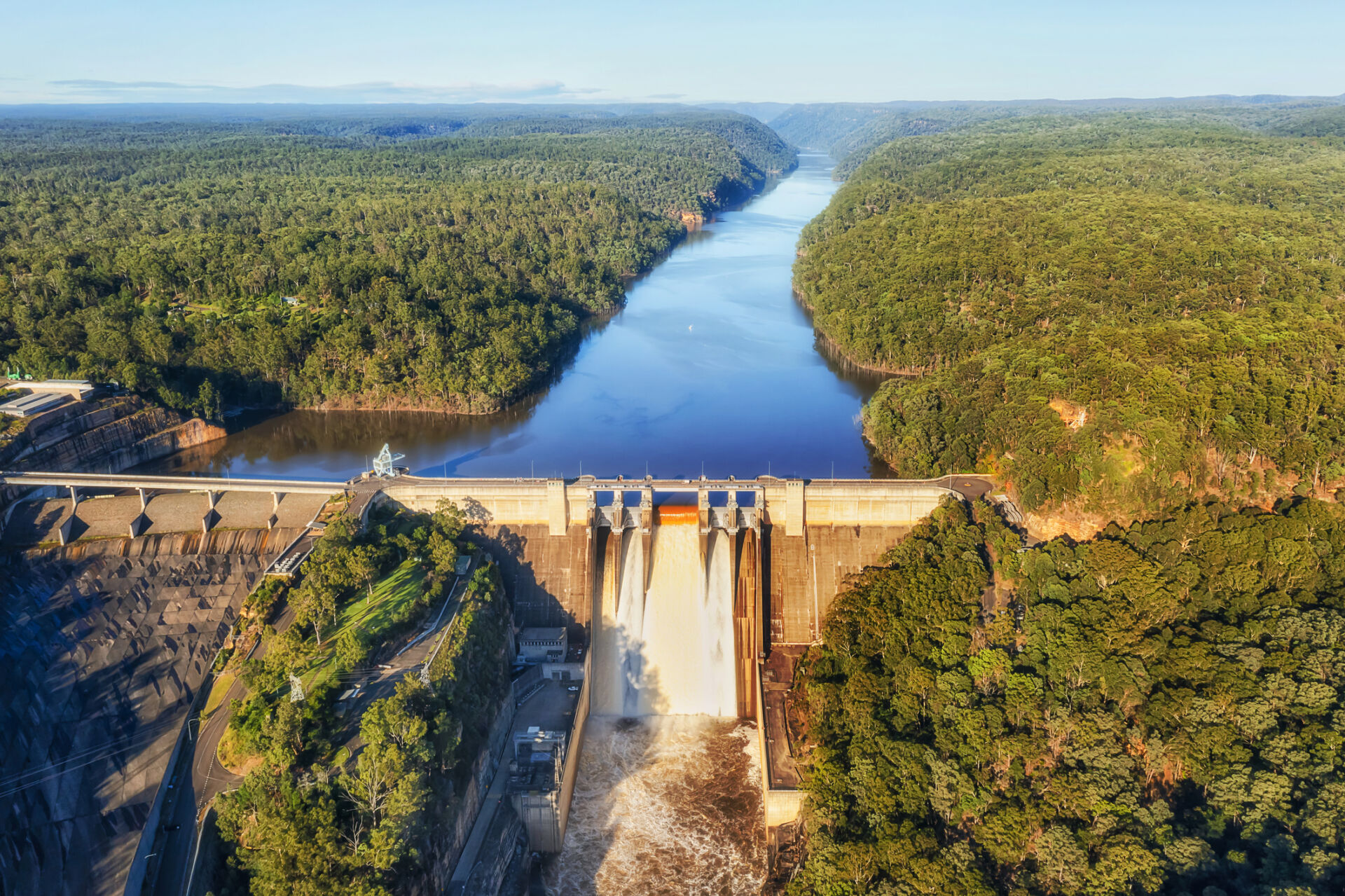Metric:
Volume of surface water resources
Metric:
Quality of environmental asset
Metric:
Surface water resources extracted
Metric:
Surface water resources extracted - monetary value
Units
Example methods / guidance / references
What are tiers?
Tier 1
Estimate using own judgement and observations
Tier 2
Estimate using third-party professional estimates or public data
Tier 3
Model or measure based on site-specific surveys/sampling, remote or in-field sensing, laboratory analysis, etc.
Example data sources
Internal records
Third-party data sources
Site-specific measurements or model outputs
Notes
Work in progress - Feedback welcome
Last updated: 15th October 2024
Units
Example methods / guidance / references
What are tiers?
Tier 1
Estimate using own judgement and observations
Tier 2
Estimate using third-party professional estimates or public data
Tier 3
Model or measure based on site-specific surveys/sampling, remote or in-field sensing, laboratory analysis, etc.
Example data sources
Internal records
Third-party data sources
Data on aggregated surface water resources extracted for Australian river regions are available at the Bureau of Meteorology – National Water Account.
Data on surface water extracted within different areas of the Murray-Darling Basin are available at the latest version of the Murray-Darling Basin Authority – Annual Water Take Report (e.g. see Sustainable diversion limit reporting 2022–23.
Data on surface water extracted under a regulated water rights framework in Australia may be available from water regulators. For example, data on water rights in Queensland are available at Queensland Government Open Data Portal – Water entitlements and in Victoria at Victorian Water Register – Entitlement statistics .
Note that water rights may be called different things in different jurisdictions – see ‘What are nationally equivalent terms for water products?’ at the Bureau of Meteorology – About water markets.
Site-specific measurements or model outputs
Notes
Work in progress - Feedback welcome
Last updated: 3rd January 2025
Units
Example methods / guidance / references
What are tiers?
Tier 1
Multiply physical flow quantity by estimated monetary value per unit
Tier 2
Multiply physical flow quantity by estimated monetary value per unit
Tier 3
Multiply physical flow quantity by estimated monetary value per unit
Example data sources
Internal records
Third-party data sources
Site-specific measurements or model outputs
Notes
The value of the water resources asset (as opposed to the value of the physical flow of natural inputs from the asset) can be estimated based on the market price of similar water entitlements/offtake licences (where applicable), or estimated based on third-party valuation, less extraction costs.
Last updated: 9th October 2024
Units
Example methods / guidance / references
What are tiers?
Tier 1
Estimate using own judgement and observations
Tier 2
Estimate using third-party professional estimates or public data
Tier 3
Model or measure based on site-specific surveys/sampling, remote or in-field sensing, laboratory analysis, etc.
Example data sources
Internal records
Third-party data sources
Maps showing accessible volume of major Australian water storages are available at the Bureau of Meteorology – Water Storage Dashboard (note: data for individual storages can be viewed by selecting ‘Plain text version’ in the header).
Maps showing volume of surface water resources in over 300 publicly-owned Australian water storages are available at the Bureau of Meteorology – Water Data Online (select Parameter: Storage Volume).
Site-specific measurements or model outputs
Data on volume of Australian surface water resources are available at the Bureau of Meteorology – Australian Hydrological Geospatial Fabric (Geofabric).
Notes
“The concept of a stock of surface water is related to the quantity of water in a territory of reference measured at a specific point in time (usually the beginning or end of the accounting period). The stock level of a river is measured as the volume of the active riverbed determined on the basis of the geographical profile of the riverbed and the water level. This quantity is usually very small compared with the total stock of water resources and the annual flows of rivers.” (SEEA-CF, para. 5.483). The same principles apply to groundwater and soil water. The main additions to the stock of water resources come from returns (the opposite of abstraction), precipitation, and inflows. The main reductions in the stock of water resources come from abstraction, evaporation/evapotranspiration and outflows.
Last updated: 11th November 2024

